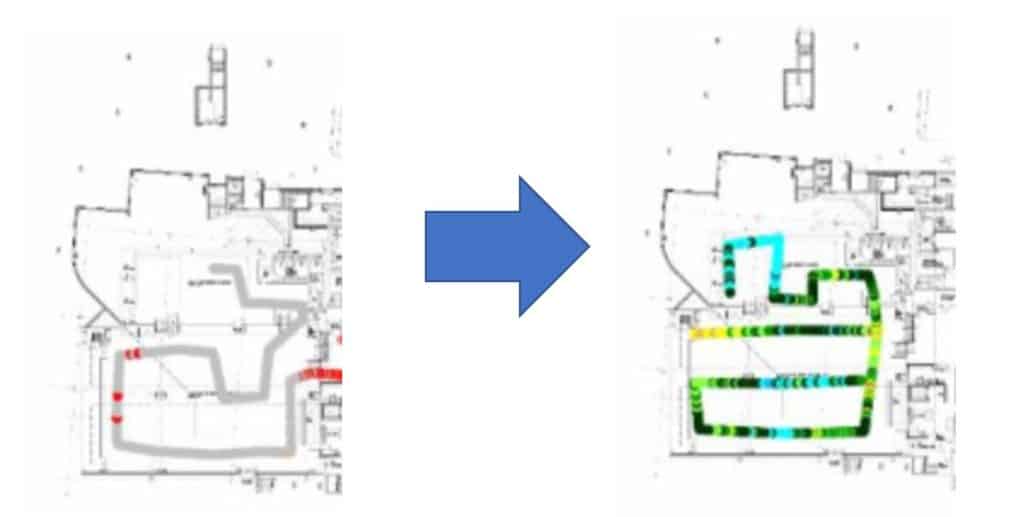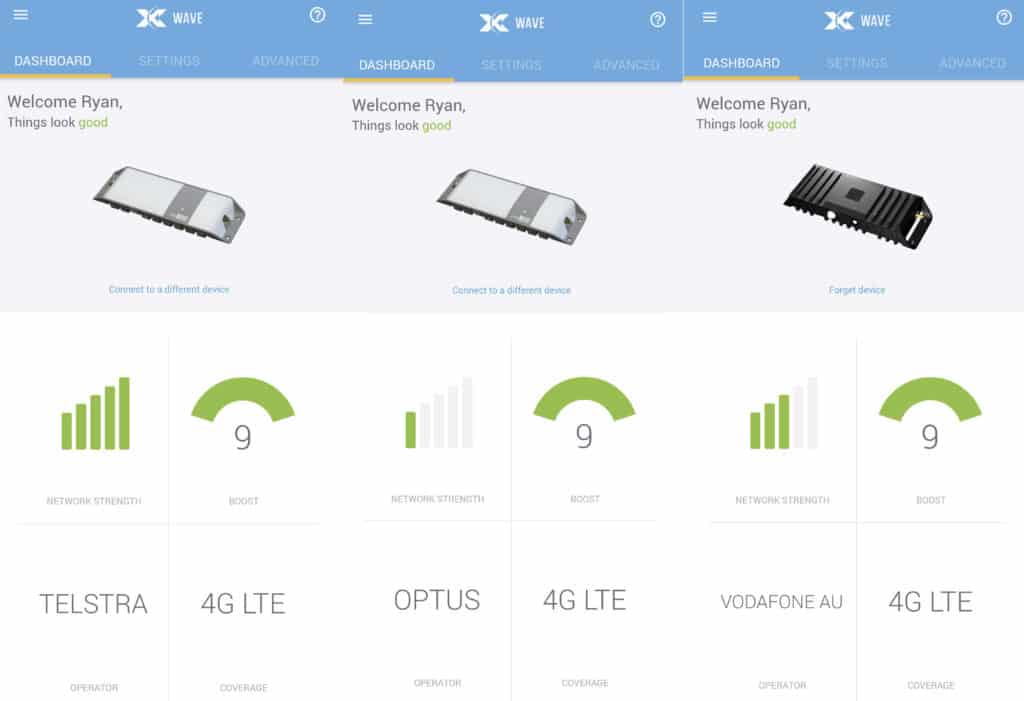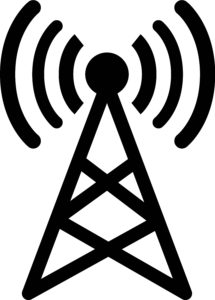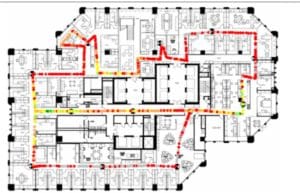How to improve 4G Signal with a 4G Mobile Signal Booster
You may have heard about a 4G signal booster for mobile phone reception (also hear them called Range Extenders, 4G Antenna Boosters, repeaters) which if used correctly can boost the 4G mobile phone signal indoors. But what do they do? Is a 4G signal booster going to be an effective means of solving the mobile phone reception challenges you may be facing? What are the limitations?
Australia is a seriously big country and with that comes reception blackspots, particularly inside buildings, whether homes, community centres, underground car parks, commercial offices or public spaces. A 4G signal booster for mobile phone signal may be an appropriate fast and relatively cost-effective solution to improve mobile phone reception, whether it be at home, the office, a public space or perhaps even a vehicle or campervan. There are some dependencies as to whether it’s a viable solution for your use case, and they come with some limitations, however, if suitable, they can be a quick and relatively inexpensive way to improve the number of mobile reception bars users get on their mobile phones and resolve dropped or missed calls.
Are 4G Signal Boosters Legal?
For a long time, the use of Signal Boosters in Australia was greatly limited and only available to the operators themselves (Telstra, Vodafone and Optus). This was for good reason, as misuse often created significant issues on the network and could significantly impact the mobile phone experience of many nearby users. Consequently, any 4G signal boosters that one could buy for some time were largely sourced from overseas and not approved for use and regulated by the ACMA with significant fines.
Approved 4G signal boosters have now become more sophisticated than their legacy predecessors allowing the Telstra, Optus and Vodafone to approve the use of a limited range of products available to the public, although proper deployment and engineering is still key to getting a successful outcome. However, there are still plenty of illegal 4G boosters available for sale online, many of which are very hard to configure, not effective, impact the neighbouring network and above all else are highly illegal.. Beware of cheap boosters online from generic stores, not only do they rarely work, but you are very likely to get a knock on your door with a serious fine.
Wireless Coverage Solutions are a team of experienced mobile phone coverage specialists with in-house engineering and deployment resources. Contact us now for a free consultation to discuss how a legal 4G Signal Booster or similar solution could meet your needs and improve the connectivity inside your building.
A large number of people are now working from home as a direct result of Corona Virus. Wireless Coverage Solutions have been fielding a number of phone calls regarding improving mobile coverage within a residential home. We do lots of this work, however please be forewarned in the interest of transparency the typical cost for a residential single story dwelling is in the region of $3500 + GST with dual story in the range of $4500 + GST. Dont hesitate to contact us should you wish to discuss further
How does a 4G Signal Booster work?
A signal booster takes a low 4G signal from the outdoors before amplifying it and redistributing it around a given number of indoor serving antennas to increase the 4G coverage and performance of mobile phones inside the building. But the exact implementation will vary greatly based on the location of nearby mobile sites, the number of mobile carrier services required, and the cable pathways within the building.

The Donor Antenna in most circumstances is located on the roof or building facade, ideally with clear line of sight to the closest macro tower for the relevant mobile carrier, for example, a Telstra macro site. Optimising the direction of the rooftop antenna more often than not requires specialised RF equipment to determine an optimum bearing. Typically a donor antenna will be a directional antenna used to improve the strength of the donor signal as much as possible. It also helps with proper tuning eliminating noise from other sites to improve the quality of the signal received.
The 4G Signal Booster will be located indoors protected from the elements where it requires AC electrical power. Several boosters may be grouped together to cover larger buildings or cater for the addition of other operators. The booster will amplify the signal as much as possible, however, is dependant on the isolation achieved between the donor and serving antenna.
Isolation is essentially the effective ‘signal loss’ that occurs between the donor and serving antenna. This ensures that the input to the booster cannot ‘hear’ the output of the booster or else it would create what is known as ‘oscillation’ or ‘feedback’. Consequently, the booster will only amplify the signal by the maximum amount of gain which is limited by the isolation available. Failure to create enough isolation between antennas is one of the top mistakes in deploying of signal boosters and often results in their failure to improve the service significantly. This is the number 1 issue we see in amateur installations, be sure to have a RF specialist deploy your booster else risk wasting your money.
One or many Serving Antenna would be placed around the building where coverage is required for mobile phones. The antennas may be omnidirectional or directional antennas mounted to walls or ceilings. The determination of antennas is largely guided by the desire to maximise isolation to improve the performance of the booster.
4G Signal Booster Performance

A function centre where there is no reception whatsoever, impossible to make a phone call
After the installation and setup of a 4G mobile booster, a significant improvement and 100% coverage of the ballroom on all three operators (Telstra, Optus and Vodafone)

Key Benefits of a 4G Signal Booster

Improved phone reception (more bars!). Decreasing the likelihood of signal dropouts and missed calls

Improved mobile phone battery life as a result of phone transmitting at lower power

Improved data throughput speeds over the 4G network

Quick deployment time and relatively inexpensive compared to traditional DAS systems.
Requirements for a 4G Signal Booster
There is often a misconception that a 4G booster is fed from an internet connection and is self-sufficient. There are such devices often call femtocells or small cells, but they are not publicly available.
A 4G signal booster requires you to have some signal, to begin with, so if you have any reception even just 1 bar, perhaps you know there is a side of the building where the signal gets better or even just outside the front door where you normally take phone calls, there is a good chance a booster will be a viable solution. If you have no signal whatsoever and are consistently sitting on SOS only calls, it’s unlikely to be the right solution for you.
We can almost make a 4G signal booster suit almost all environments, but if in doubt, contact us to discuss your specific use case.
Limitations of a 4G Signal Booster
• Ultimately, a 4G booster is extending an existing outdoor signal and the capacity of the outdoor network. It will not create any additional capacity, so if the outdoor network is congested, potentially at peak times, the performance of users connected to the booster can be likewise limited, which may not provide the quality of experience deemed satisfactory for the use case.
• 4G Boosters get the best results when set up by a professional with appropriate specialised equipment to take accurate RF measurements and determine the best configuration of the donor antenna and serving antennas to maximise performance
• The individual 4G boosters have a maximum output power which is typically designed for only 2-3 antennas maximum. Larger buildings may require additional boosters to cover the footprint so by nature, they are suited to smaller areas
• Each 4G booster is matched to an operator, so, for example, a Telstra signal booster will do nothing for the Optus reception. It’s perfectly viable to have multiple operators share some of the common infrastructures, but it does add complexity to the solution and the need to work with experienced parties.
• As described as a pre-requisite, a signal booster will do nothing for a situation in which there is no signal, to begin with.
But what about 5G?
There are now as of late 2021 some limited repeaters that provide some level of 5G support. However, more often than not when considering a mobile booster the primary intention is adding basic connectivity for phone calls and data throughput. If you had a viable level of 5G signal to booster there is a good chance you don’t actually have bad coverage to begin with and have no need for a booster (as such its rare we boost 5G signals in practice, despite having the hardware). The other important consideration is that phone calls are made on the 3G and 4G network, so sometimes we may require additional hardware to add 5G to a system, but it doesn’t improve anyone ability to make and receive phone calls, so for most use cases its just a nice extra.
Realistically, booster deployments often don’t need 5G connectivity and several the 5G feature sets would not largely carry through in the context of a booster other than getting a 5G logo in the phone taskbar. Wireless Coverage Solutions have a whole blog post on 5G for further information which explains why you don’t need 5G today or anytime soon to go on living your lives.
What makes Wireless Coverage Solutions the experts?
With boosters being an unregulated industry, there has been a massive uptake in low-cost providers dabbling their feet in the RF space. Historically this kind of ecosystem has led to bad outcomes when we’ve seen it in the insulation and residential solar industries. Wireless Coverage Solutions has been working on delivering mobile coverage solutions in the high-end commercial sector, with a combined experience of 40 years across the team. Consequently, we can take our knowledge from the construction of 60 story skyscrapers solutions and apply our engineering, accredited technicians and specialised RF equipment to the booster market, ensuring world-class solutions. Be sure to ask your suppliers the hard questions about how they design and measure 4G cellular signals as the ‘she’ll be right’ attitude just doesn’t cut it.

We have a variety of specialised RF measurement equipment on hand which is able to measure beyond just the ‘number of bars’, critical in tuning systems to work at their maximum potential

IBwave trained engineers can produce heatmaps of the expected coverage before it is even deployed, taking the mystery out of ‘will it work?’

Specialised Walk Test equipment allows us to measure 4G signal across Optus, Vodafone and Telstra to provide a graphical representation of the coverage before and after when required.
Need Help?
Wireless Coverage Solutions are a team of experienced mobile phone coverage specialists with in-house engineering and deployment resources. Mobile coverage solutions have been designed and installed including a multitude of high-end Distributed Antenna Systems (DAS) solutions as well as a variety of bespoke multi-operator signal booster solutions in residential and commercial environments. Contact us now for a free consultation to discuss how a booster or similar solutions could meet your needs and improve the connectivity in your space.
